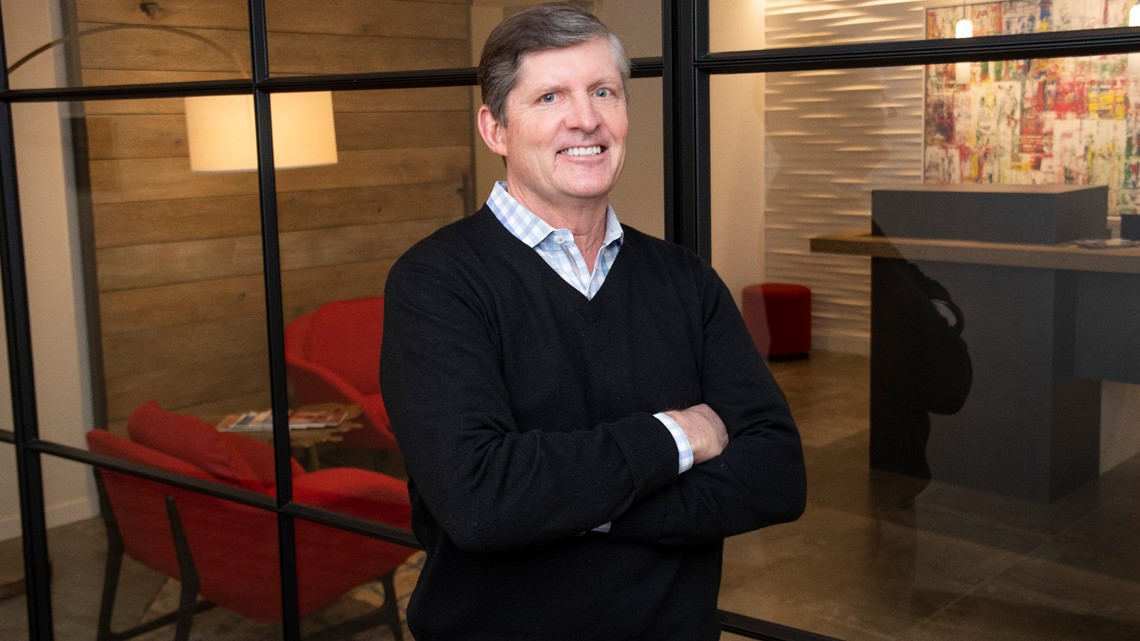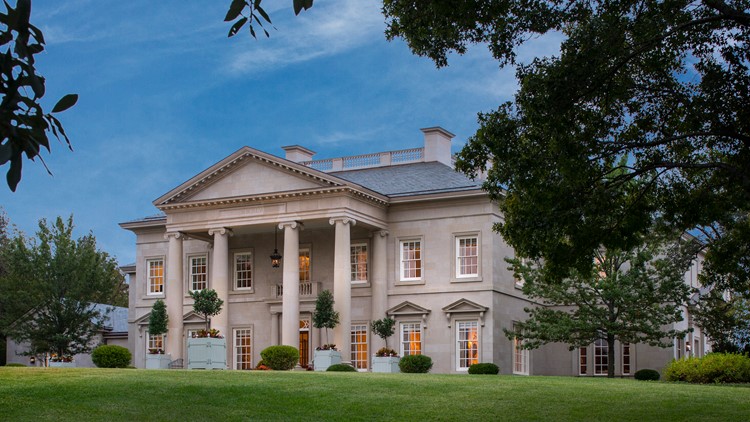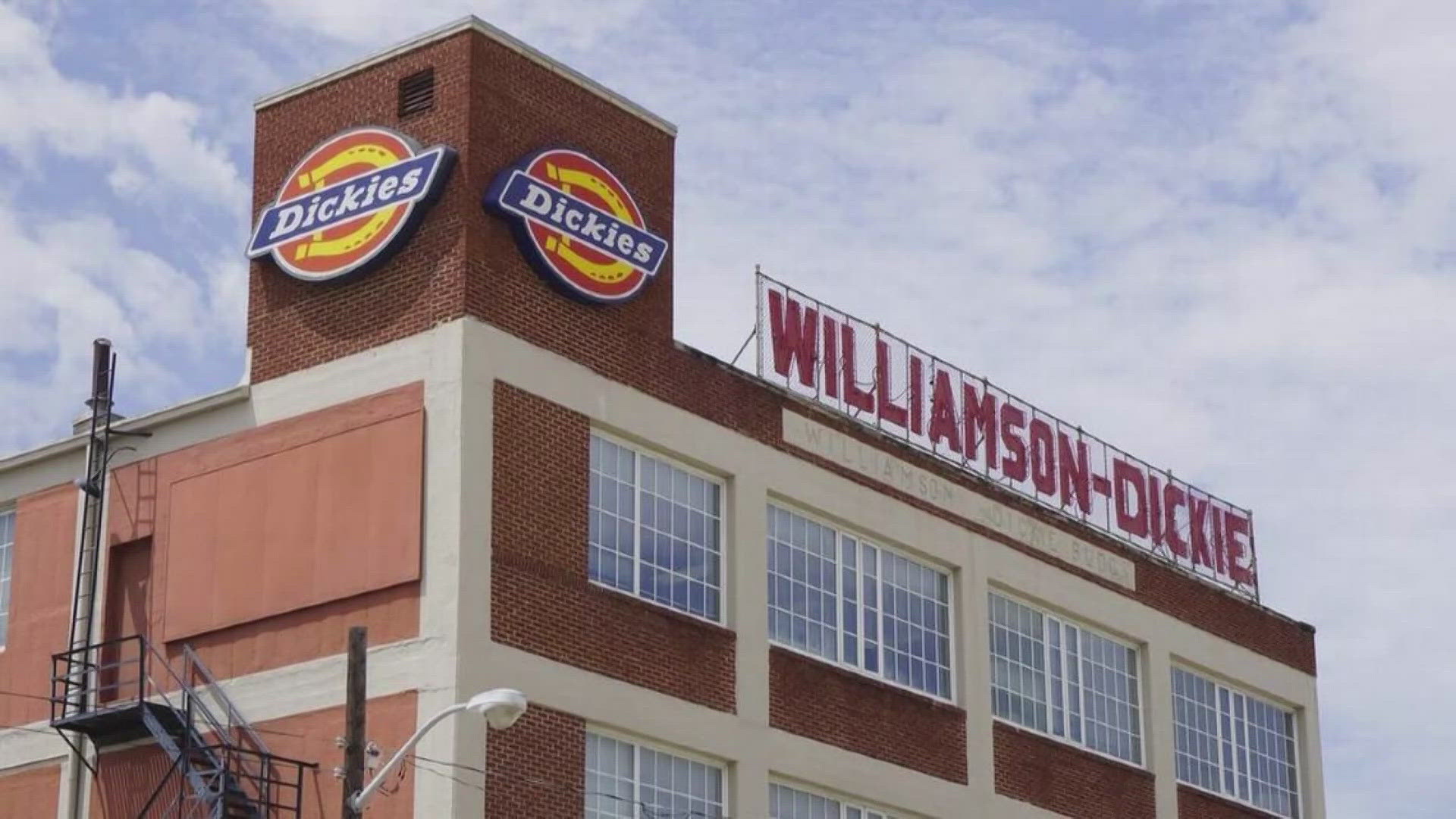George Sebastian, a Dallas native, Southern Methodist University graduate, and self-trained architect, founded the company now called Sebastian Construction Group in 1948. What started as a company to build post-war houses for a fast-growing population in Dallas gradually transitioned in the mid-1950s into the high-end Dallas market, focusing on the renovation of the stately homes in the Highland Park area.
Today, the company run by George Sebastian’s son, John Sebastian, has a highly specialized market niche building many of the most expensive homes in the most prestigious areas of Texas, with a focus on Preston Hollow and the Park Cities in Dallas and River Oaks in Houston.
To see estates completed or in progress by Sebastian Construction Group, check out this gallery.
The business of high-end residential construction is booming, especially in Dallas, said John Sebastian, the company’s chairman, president, and CEO.
“We have a wave of wealthy California people coming here,” Sebastian said in an interview with the Dallas Business Journal. “They're fed up with the regulations and just trying to run a business in California and with additional state income taxes (being considered) on all the super-wealthy there. They all want to get out of California as fast as they can, and Dallas and Austin right now are the big beneficiaries.”


Some 64 people work for Sebastian Construction, with about half in the field and a half in offices. Projects now underway are in the $4 million to $40 million range, with most between $12 million and $15 million, Sebastian said.
With a growing project size and a growing number of projects, Sebastian Construction has blossomed from historically $40 million in gross revenue annually to about $70 million this year and will hit $100 million in two years, Sebastian predicts.
He talks about the high-end estate market and the company in the interview that follows:
Where are most of the homes you build, and what is your market niche?
Preston Hollow and the Park Cities here in Dallas, and then River Oaks and Memorial in Houston. Those are the focus areas. It has to do with land costs and construction costs that support what we do. Our approach is not a developer-driven approach. It's people building 100-year houses, great architecture, that type of thing, so it's a different model. In this world, you're building a legacy-type house. It's not a real estate play.
We are contractors, construction managers. I'm an architect by background, (but) we don't practice architecture. We work for architects all over the state and the country. It's a separate relationship, separate contract. So we're truly just doing the construction side of things.
What price range are you building in?
Our projects right now are in the $4 million to $40 million. It’s a crazy range, I know.
How do you handle business development?
It's been word of mouth. We're probably doing a little bit more now than we had last couple years, but it's definitely its reputation. Our sustaining people that really give us then leads on the work are the architects. We know and work with the best architects around.
What volume do you handle?
We have 12 or 13 projects in that $4 million to $40 million range going right now. Just going off memory, that's comprised of probably six in Dallas, three in Houston and about three ranch projects.
Are you doing more ranch projects?
I'll bet you in two years it constitutes 80 percent of our work. With this COVID thing, even the high wealth — I don't care if you own a jet — there's no place to go. The resorts are closed and I think it freaks a lot of people out. I almost feel guilty because I have friends in the hospitality and different industries that are just waylaid by the COVID outbreak, yet it's almost poured rocket fuel on our world, and a big reason is exactly that — the ranch phenomena.
It has always been strong in Texas. There's always some mystique. People love their ranches, and they'll put a lot of money into their ranches. It's a quieter place to put your money because nobody knows about it. It’s kind of off the radar — not as ostentatious, so to speak, as the big house in Dallas.


How are your projects managed?
Our projects are big enough that they're managed much like a commercial project with field offices and laptops and iPads and full-time project managers and superintendents. It's a team. We're not a home builder. We're a construction manager.
How long do your projects take to complete, on average?
Two-and-a-half years or something like that. So you get these long marriages. I tell clients at the front end, you've got to love the process. If you're impatient and just want in (a house), please go try to find something that is close enough to what you like on the as-built market.
You’ve got to love architecture and the construction process and really enjoy that because it is a hands-on thing. On the architecture side, it probably takes a year and our construction takes two-and-a-half, so this is a three- or three-and-a-half year journey that they're embarking on. It takes patience and commitment.
Explain more about how Sebastian Construction applies commercial building methods or systems in the residential arena.
In the early '90s, our projects became so complex and sophisticated. I had all of these high-net-worth clients that had very high expectations on budget delivery and schedule delivery. So I made a change. I brought a bunch of people from the commercial construction arena to supplement my high-end residential work.
It was a conscious effort to blend the best of both worlds. When I brought in the guys from the commercial groups, the main thing I had to do was get them to slow down. These projects are a lot more complicated than those in the commercial arena.
This isn't a Walmart that you're getting open for Christmas time. This is all about quality and being right. Not to be flippant about the schedule, but if it's two months late, that client will forget about it in a year, because they're going to love the quality and the beauty of their house and how it's held up over 20-30 years.
What trends are you seeing in terms of what clients want, especially in Dallas?
Oh, very drastic (changes). In Dallas, I can say 10 years ago, 90 percent of our projects were classical, traditional very buttoned-up, conservative projects, and 10 percent were modern, contemporary.
That has completely flipped. Next year is going to be 90 percent modern, which is amazing to me for Dallas, because Dallas has never been very risk-taking in their architecture. And suddenly, it's been an explosion of interest in that.
Will it go back the other way? Who knows? These things go in cycles. As an architect by background, I love them both. Architecture can be done very well in either genre or it can be done very poorly. So I'm a fan of well-done architecture That’s my safe answer.
What’s causing the shift?
Several things. One is the influx of people from the West Coast and New York that I think are bringing in different styles and lifestyles and tastes.
Another thing is, Dallas has a major modern-art collector community. People say it's No. 3 in the country after New York and L.A. It’s big and it's growing. We've been fortunate to be a part of that group. When you have a great modern art collection, you want a very simple setting. Very clean-line aesthetics to place your art in. You don't want a lot of busy-ness going on.
It's kind of the tail wagging the dog, it sounds like, but I've got three clients right now that we're about to start houses on and it's all about the art. The house is about the art.
This interview was edited for clarity and brevity.



